@VK1DA (and @VK2IHL)
Andrew, I think you missed my earlier post about an extra LPF (two posts above yours).
I tried exactly that, it was a 50 Ohm in & out LPF with two connectors (only not in a box ;-), but it reduces the output power quite a bit, and you can’t leave it plugged in if you want to work on the high band. So not very practical.
The “parallel” circuit is not a LPF, but a notching series LC, resonant on the second harmonic of the low band, in my case 28 MHz.
(In Dutch we call that a “zuigkring” or suction circuit, but I don’t think that is a good translation).
In theory, that is an “all pass filter” for anything different from 28 MHz, but the capacitance at 14 and 18 MHz have of course some influence.
Measuring this with only the nanoVNA, I got a loss of 0.11 dB at 14 MHz, and 0.28 dB at 18 MHz, so I expected lower power on both bands.
[Note: The rising SWR was only for the T-piece with the LC series circuit, compared to no LC circuit on the T-piece (see nanoVNA setup in my previous post)]
So I was surprised that with the QCX attached, the whole setup resulted in MORE power on 14 MHz!
One idea is that the extra capacitance shifts the curve of the QCX LPF to a point where the 14 MHz is less attenuated ?
A typical LPF has more attenuation far below the cutoff frequency, than just before it (depending on filter type of course).
I hope you get your kit soon Andrew, this Mini is so much fun to build and use.
And if interested, you can do some of my experiments and tell us what you find … but all on your own risk , hi.
(Like Colin @M1BUU says)
Hans has pointed out that the output impedance at the BS170’s is NOT 50 Ohm, and that is why it needs some adjusting with L4 (the class-E circuit) and L3 (the TX side of the LPF). But I guess that the output (L1 side) is more or less 50 Ohm, since we tune for maximum power into a 50 Ohm load.
But I disagree with Colin that it’s not useful to measure the filter at 50 Ohm in & out. See the build report on my blog. I did measure and adjust the filter at 50 Ohm, and had 4.5W from the start, and needed just a little tuning to bring it to 5.6W. Saved me a lot of tuning and searching.
For those that don’t know this, here still some other idea.
Many use the typical LPF’s from GQRP Club, by W3NQN (like Hans does), but there are also the improved filters by W3NQN, specifically made for 2nd harmonic suppression.
https://www.arrl.org/files/file/Technology/tis/info/pdf/9902044.pdf
I haven’t tried those yet, some day I will …
Now, all my experiments are just for fun, I don’t want to change anything inside the QCX itself.
Those “mint in box” Mini’s will be a collectors’ item some day 
73,
Luc ON7DQ
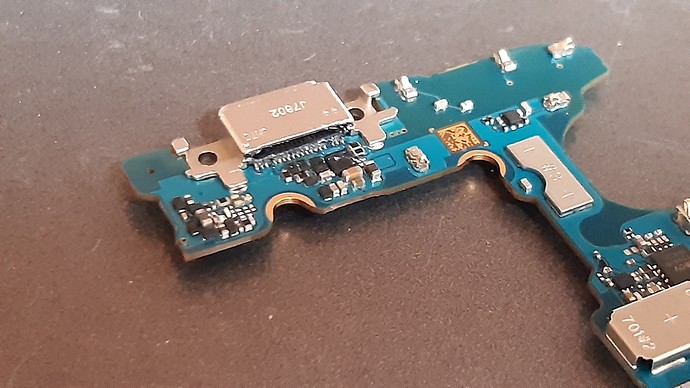
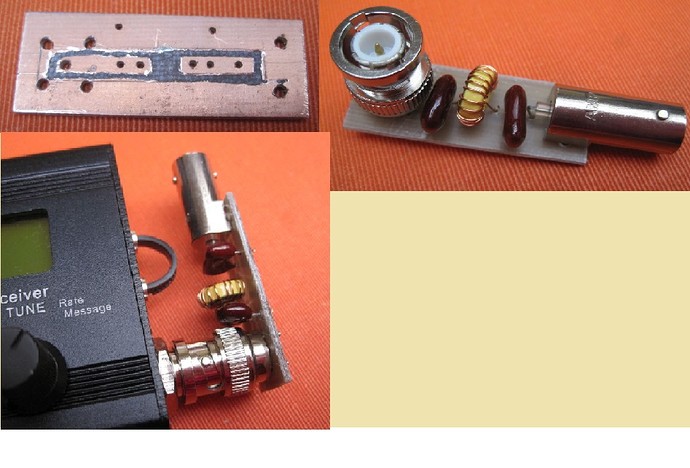

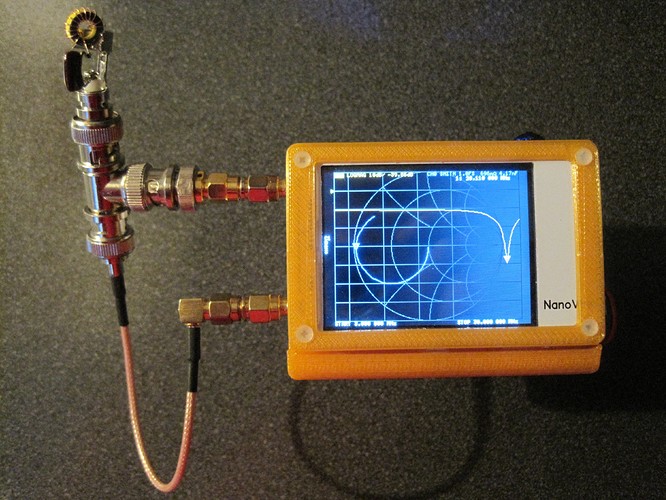
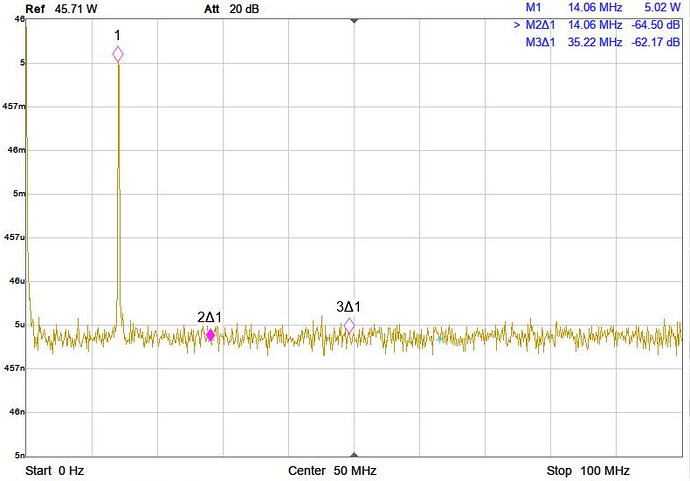
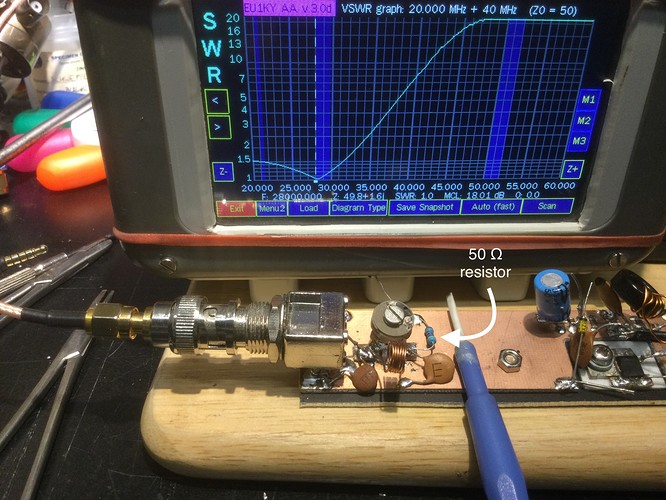
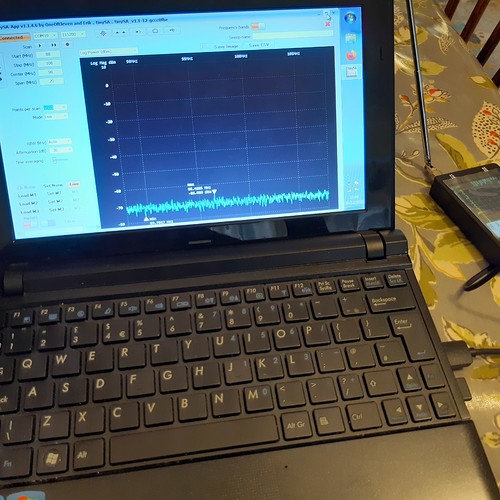
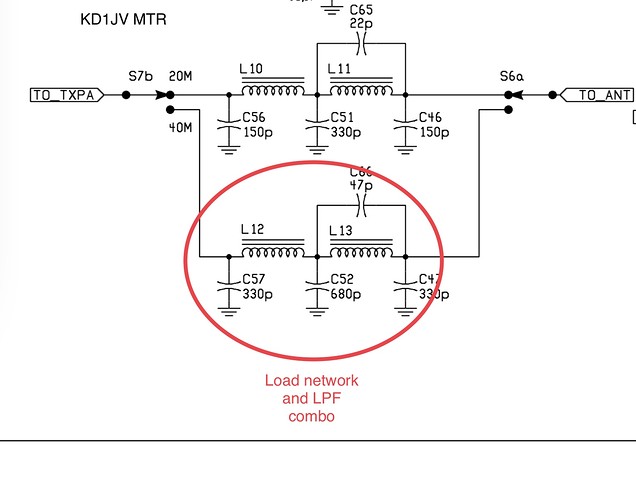
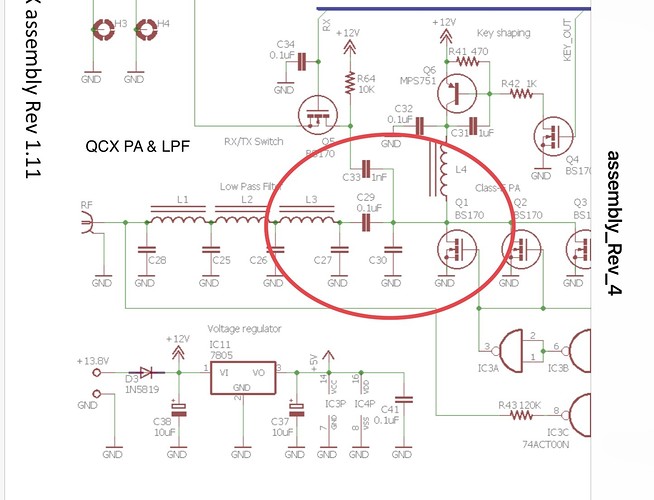
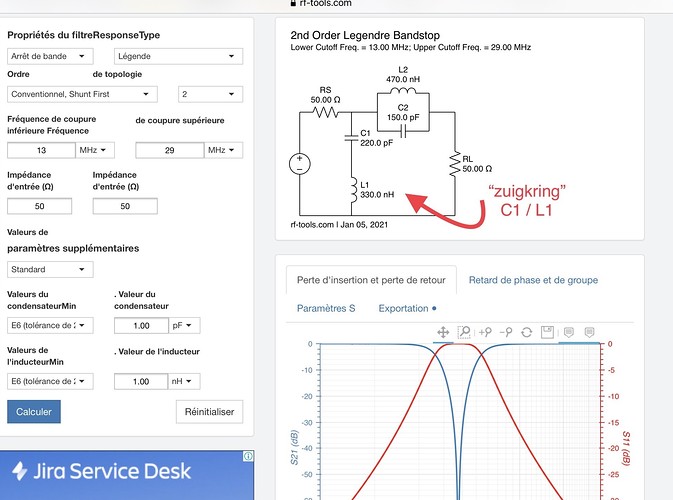
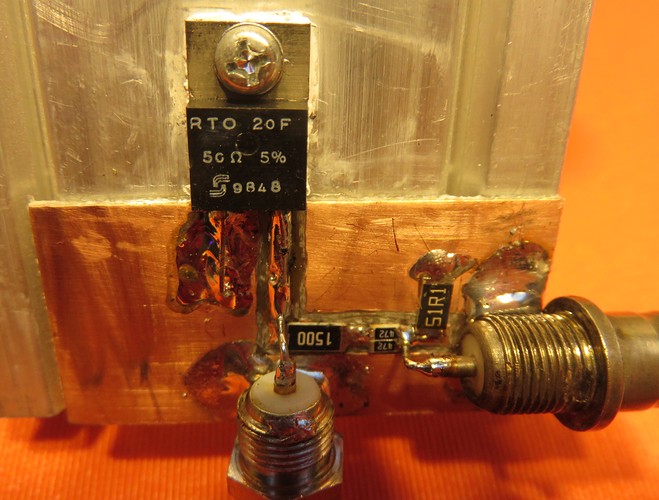
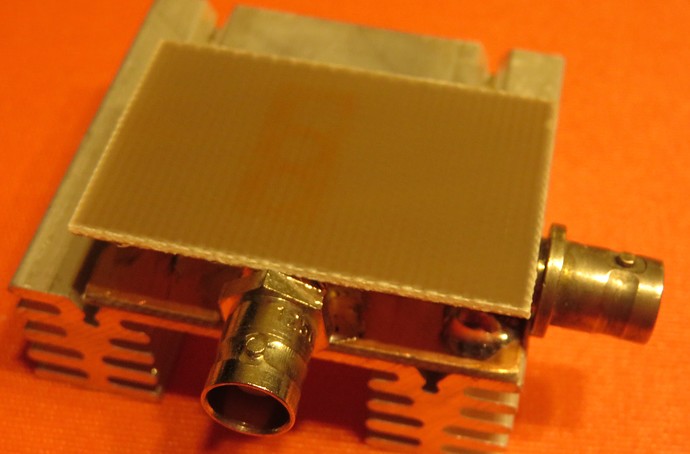
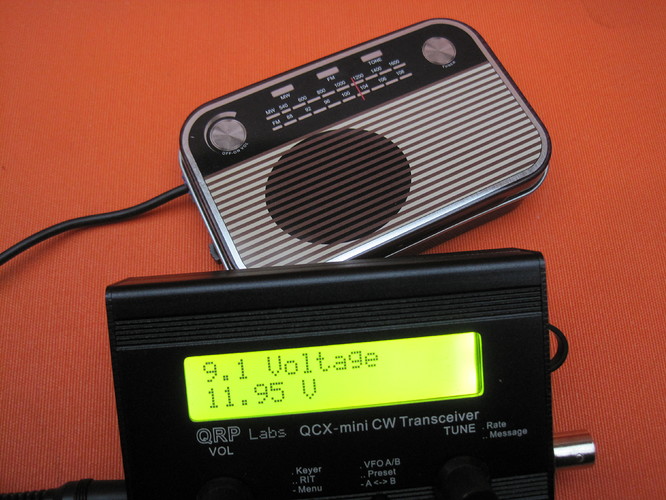
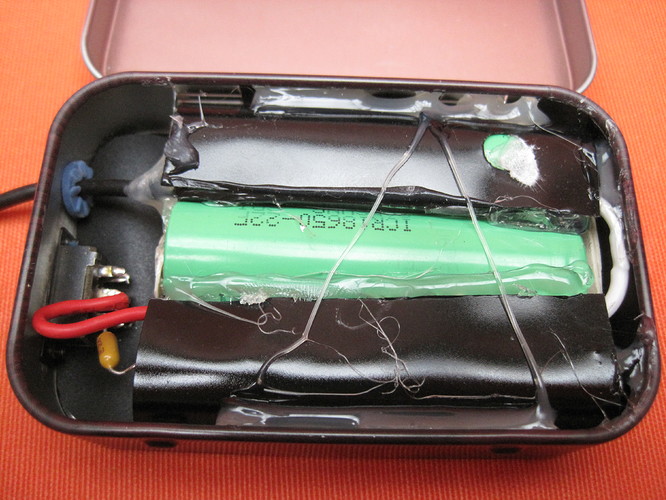
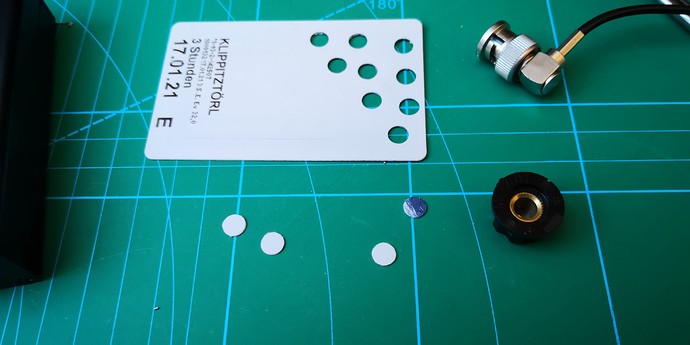
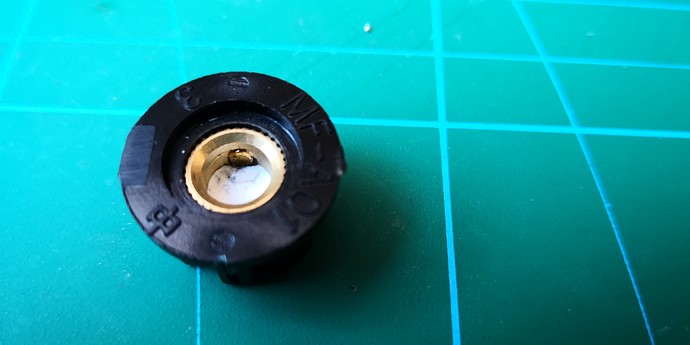
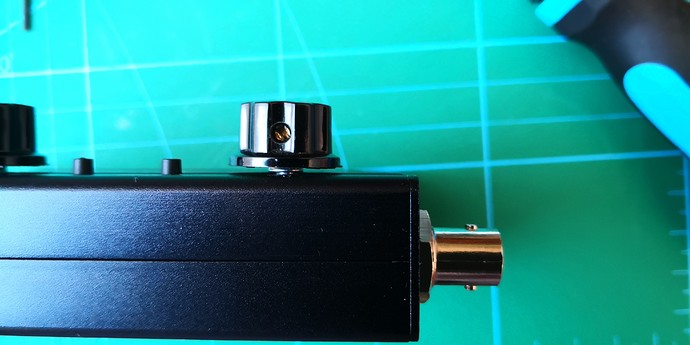
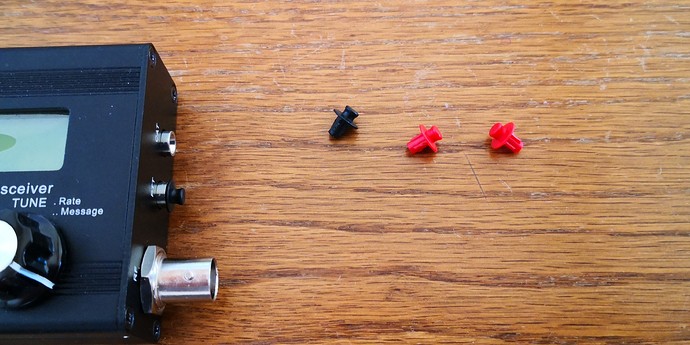
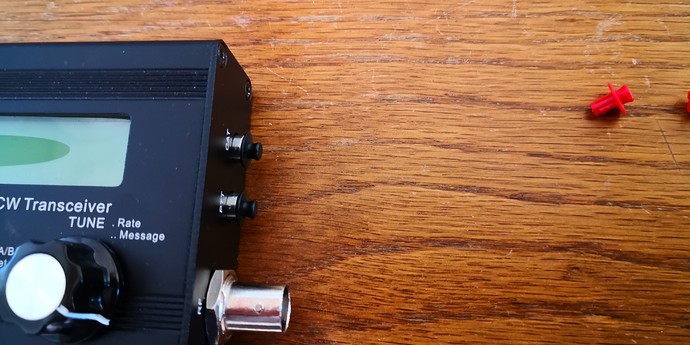
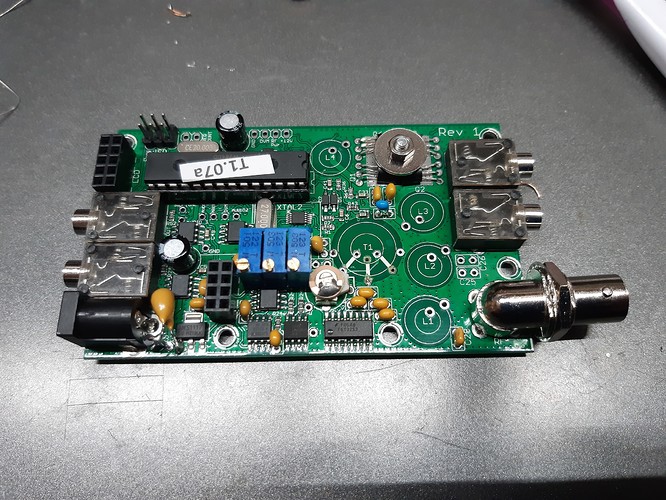
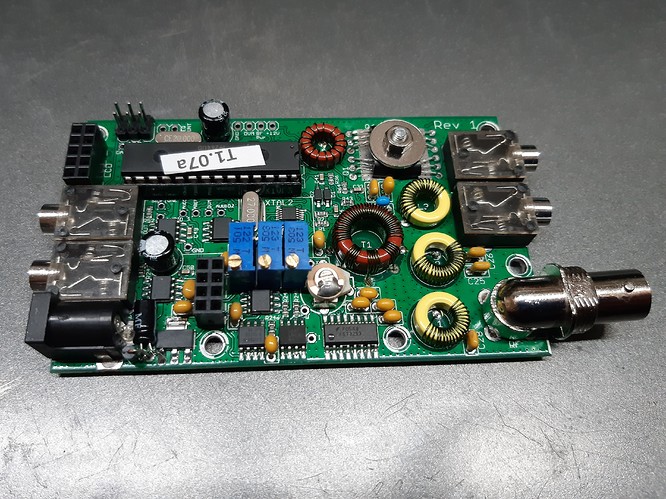
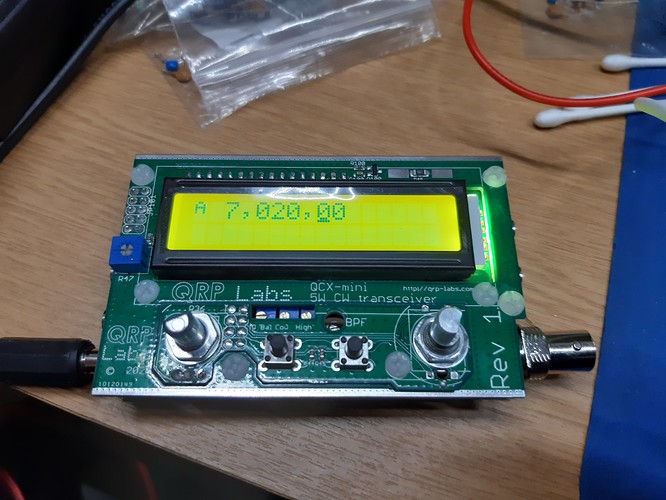
 I struggled to keep count of the turns on T1 and ended up taking a photograph, printing it out then counting them on the image.
I struggled to keep count of the turns on T1 and ended up taking a photograph, printing it out then counting them on the image.